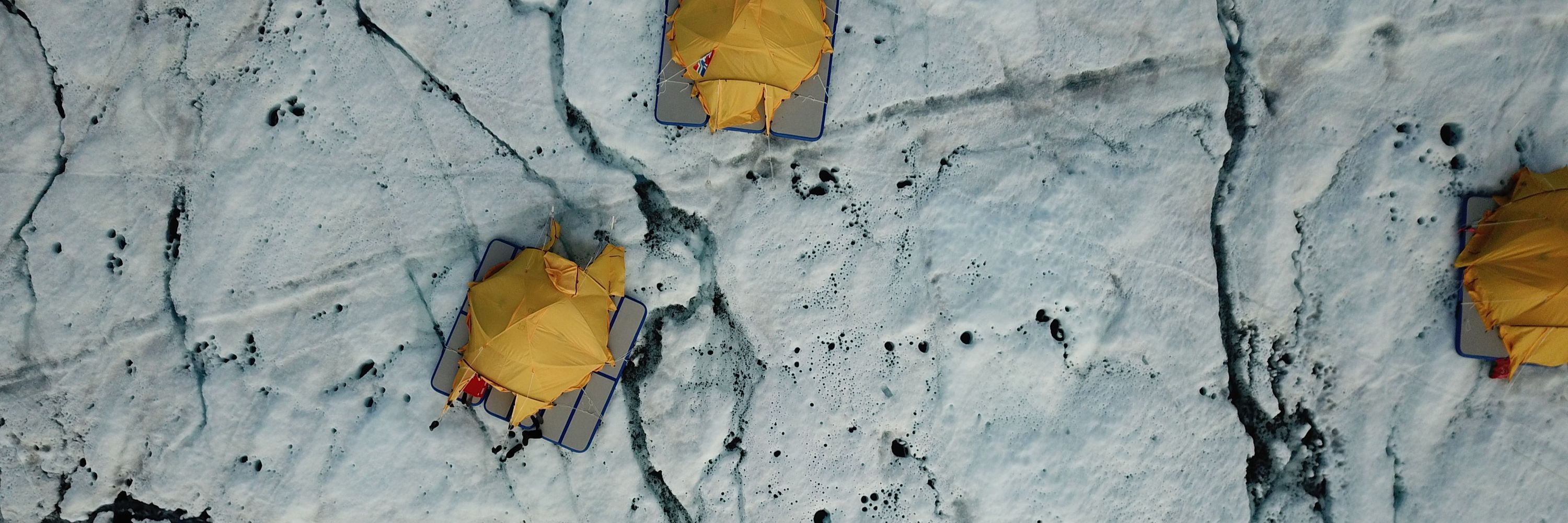
employment.ku.dk/phd?show=165...
Deadline 15 November 2025.
employment.ku.dk/phd?show=165...
Deadline 15 November 2025.
🔗 Check out the full paper here: www.frontiersin.org/journals/mic...
This research was part of the DEEP PURPLE project (deeppurple-ercsyg.eu), and funded by @erc.europa.eu. @au.dk
Photo credit: Shunan Feng

🔗 Check out the full paper here: www.frontiersin.org/journals/mic...
This research was part of the DEEP PURPLE project (deeppurple-ercsyg.eu), and funded by @erc.europa.eu. @au.dk
Photo credit: Shunan Feng
These results shed light on the ecological function of these BGCs for microbial adaptation, competition, and ecosystem functioning, while the novelty of the gene clusters points toward untapped biotechnological potential from this threatened microbial habitat.
These results shed light on the ecological function of these BGCs for microbial adaptation, competition, and ecosystem functioning, while the novelty of the gene clusters points toward untapped biotechnological potential from this threatened microbial habitat.
🔍 Key findings:
• Novel BGCs are expressed on the melting Greenland Ice Sheet
• Expression differs between habitats: eukaryotic BGCs dominate glacier ice; prokaryotic BGCs dominate cryoconite
• Likely producers include key ecosystem engineers like glacier ice algae and cyanobacteria
🔍 Key findings:
• Novel BGCs are expressed on the melting Greenland Ice Sheet
• Expression differs between habitats: eukaryotic BGCs dominate glacier ice; prokaryotic BGCs dominate cryoconite
• Likely producers include key ecosystem engineers like glacier ice algae and cyanobacteria
Using metatranscriptomics, we show for the first time that many of the encoded BGCs are expressed in situ during the melt season. Many are completely novel, and highly expressed clusters include those for carotenoids, beta-lactones, terpenes, and modified peptides.
Using metatranscriptomics, we show for the first time that many of the encoded BGCs are expressed in situ during the melt season. Many are completely novel, and highly expressed clusters include those for carotenoids, beta-lactones, terpenes, and modified peptides.
These natural products may help microbes cope with UV radiation, nutrient scarcity, and microbial competition, but in situ expression data is often lacking. The question remains; do microbes use their BGCs in their daily life, on the ice surface and in cryoconite holes?
These natural products may help microbes cope with UV radiation, nutrient scarcity, and microbial competition, but in situ expression data is often lacking. The question remains; do microbes use their BGCs in their daily life, on the ice surface and in cryoconite holes?


